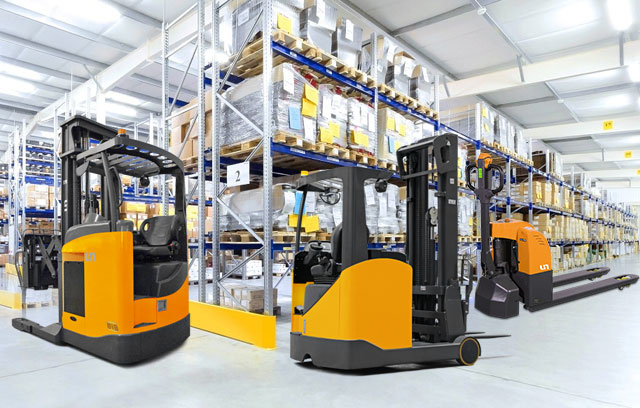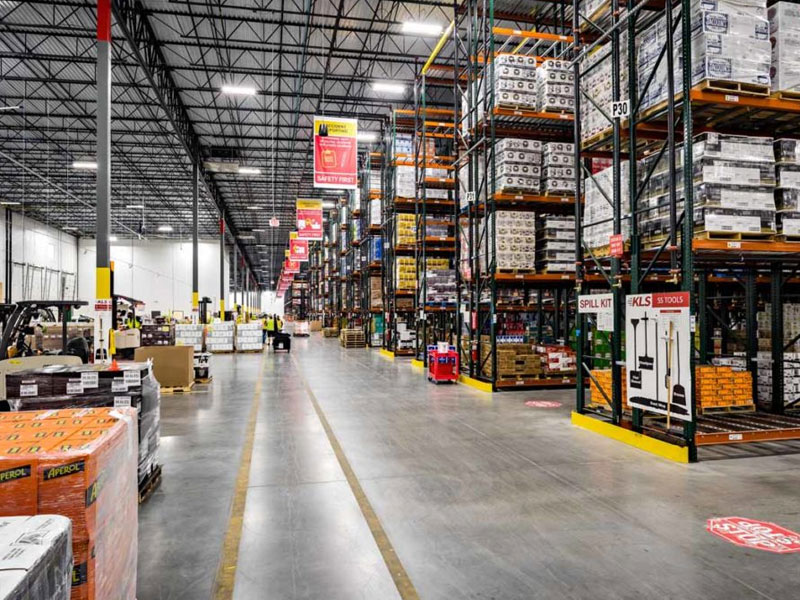Regenerative braking in Electric Forklifts is a technology that helps improve energy efficiency by recovering and reusing energy that would otherwise be wasted during braking or deceleration. It is a common feature in many electric and hybrid vehicles, including forklifts. Here's how regenerative braking works and how it benefits Electric Forklifts:
How Regenerative Braking Works:
Kinetic Energy Conversion: When an Electric Forklift slows down or descends a slope, the electric motor is used as a generator. Instead of dissipating the kinetic energy as heat through traditional friction brakes, the electric motor converts this energy into electrical energy.
Energy Capture: The electrical energy generated during braking is captured and sent to the forklift's battery or energy storage system. In most cases, it is converted from alternating current (AC) to direct current (DC) and stored in the battery for later use.
Energy Reuse: The stored energy can then be reused to power the forklift during acceleration or other operations. By reusing this energy, the forklift requires less energy from the battery or charger, which results in reduced electricity consumption.
Benefits of Regenerative Braking in Electric Forklifts:
Improved Energy Efficiency: Regenerative braking significantly reduces the amount of energy wasted as heat during braking. This results in a more energy-efficient forklift operation and extended battery life.
Reduced Operating Costs: Lower energy consumption translates to reduced operating costs, as the forklift can operate longer on a single battery charge. This is particularly advantageous for operations with high utilization rates.
Environmental Impact: By reducing energy consumption, regenerative braking helps lower greenhouse gas emissions associated with electricity generation, making Electric Forklifts more environmentally friendly.
Reduced Heat Generation: Traditional friction brakes generate heat during braking, which can lead to brake wear and reduced brake efficiency over time. Regenerative braking generates less heat, reducing brake wear and maintenance requirements.
Smoother Braking: Regenerative braking systems often provide smoother and more controlled braking, improving operator comfort and safety.
Extended Battery Life: Regenerative braking reduces stress on the battery, contributing to longer battery life and reduced replacement costs.
It's important to note that the effectiveness of regenerative braking depends on the forklift's design, its usage patterns, and the availability of slopes or situations where braking energy can be captured. While regenerative braking offers significant energy savings, it may not eliminate the need for traditional friction brakes entirely. In most Electric Forklifts, a combination of regenerative and friction braking systems is used to provide optimal control and safety during braking.











 中文简体
中文简体 عربى
عربى Español
Español














